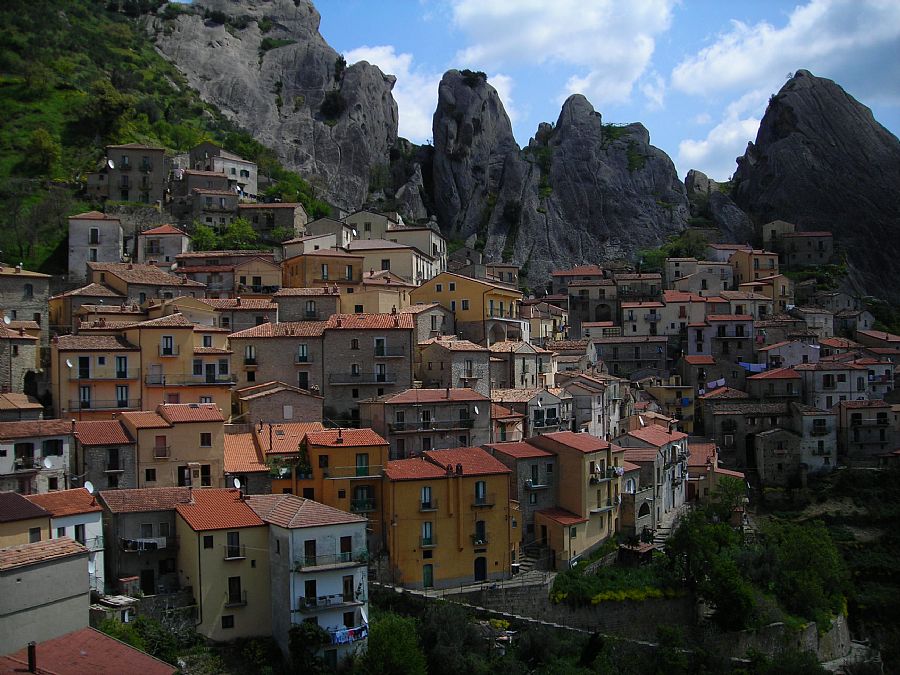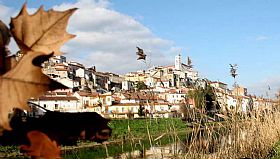Trivigno
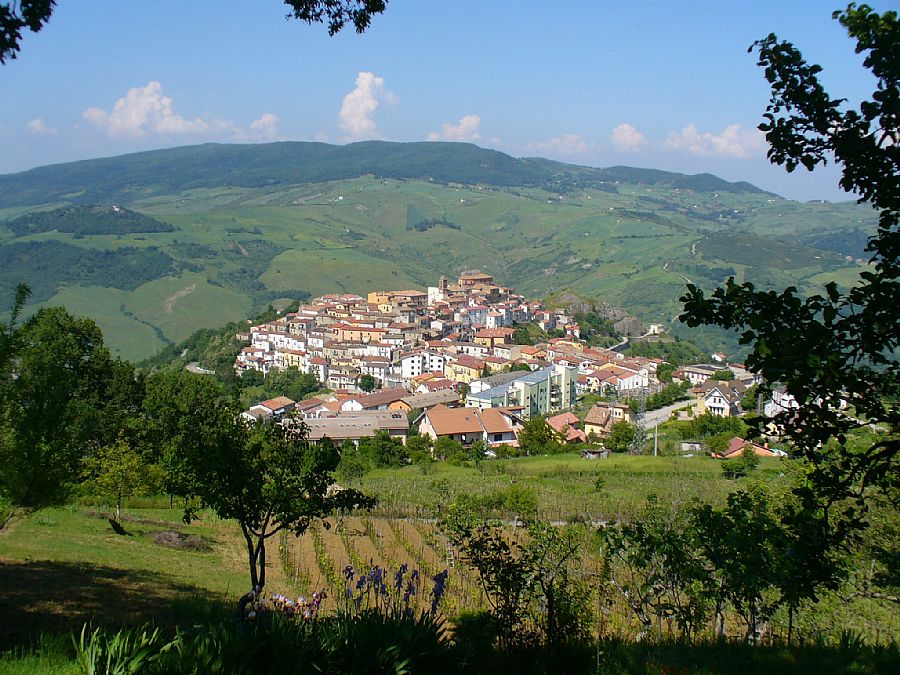
It may be small, but Trivigno is a pretty hill town strategically situated in the heart of Basilicata. Right in the middle of the region, it makes for a great home-base to explore all the sights, wonders, attractions, and wine country, as well as the abundant outdoor adventures that Basilicata offers. In short, it’s easy to get to many places within and outside the region from here!
Just over an hour from Salerno, and the same from Matera, not only Basilicata but also parts of Campania and Puglia can be reached from Trivigno. Many people come from northern Italy to enjoy the country setting, the mountain views, the home-spun hospitality, and the many interesting sights they can reach from here. Standing over the Basento Valley, unlike many surrounding hill towns with switch-back roads to reach it, Trivigno has a "shortcut" - a straighter and faster access to the Basento highway below. It sits between Brindisi di Montagna and Castelmezzano and faces Albano di Lucania. It faces the jagged peaks of the Dolomiti Lucane mountains, surrounded by pastures, woods, and cultivated fields of grains.
Originally called Trivinea by the Normans in the Middle Ages, it was a feudal holding, abandoned for a time, then repopulated under the order of the Duke of Anzi and Neapolitan noble families like the Carafas, who also ruled over Anzi. At the top of town are the palazzi of the wealthy families. Trivigno likely refers to tre vigne - or three vineyards.
Around the village, you’ll find the old town center has many pretty places to explore on walks, with cute corners and architectural details to take in, making a stroll a pleasant pastime. Don’t miss the walk to Lu Cost’ as they call it, also known as the Belvedere, or beautiful view, a point out on a rock with panoramas over the Dolomiti Lucane mountains, the Basento River valley, and several neighboring hill towns, including the remains of the castle above next-door Brindisi di Montagna in sight. Enjoy the old palazzi that were once owned by the area’s elite who were connected to the nobles of the Kingdom of Naples. There are also several churches, and while some are open only for specific feast days, they make for nice walks nonetheless.
The town’s biggest festival is held in January in honor of Sant’Antonio Abate, with the largest wood bonfire in Italy, plenty of food stands, different bands to dance around the fire, and a fire and lights show. The party goes all night, and the fire burns down for two days or more!
Around town you’ll find what you need – three bars with different offerings (one has pizza on weekends; one has various specials on different days, another sits in the piazza so you can people watch, for example), a bakery with excellent bread and other baked goods; a grocery store, a fruit and vegetable store, and a weekly market on Saturday that may hold 2 stalls or may have up to 12 or more, depending on what vendors decide to show up.
Trivigno is the birthplace of early film pioneer Robert Vignola, who was an actor and director in silent films (and beyond) and who made a huge success with many film firsts, yet is widely unknown despite his accomplishments. It was also the home of the family of Carol Lawrence, born as Carolina Maria Laraia, whose father was from Trivigno. She came for a visit, as did actress Angie Degrazia, whose family has roots here. So not such a backwater! Many who migrated to the US from here went to Chicago, so Trivigno is often visited by descendents returning to their roots.
But besides ancestral visits, its just a good setting as a home base. Nearby, the “diga Camastra” has paths and a park that take you to the man-made hydroelectric lake on the Camastra River. Castelmezzano, among the most beautiful villages in Italy wit its many outdoors and adventure attractions, is only 15 minutes away, and the ghost town of Campomaggiore is about 25 minutes away. (In summer they put on a spectacular show, but visiting the ruins is fascinating in itself.) Anzi with its planetarium and full monthly line-up of activities, the gorgeously-frescoed church of Santa Maria (both up at the peak of the town, the second highest in the region!), and the steep stair-stepped streets is a lovely place to meander. As mentioned, from here you can reach all the attractions of Basilicata, including stunning Matera, as well as many place in the neighboring regions within less than two hours (Salerno, Altamura, Bari, Ostuni, the Amalfi Coast, and more!
Browse carefully selected vacation home rentals in Trivigno.

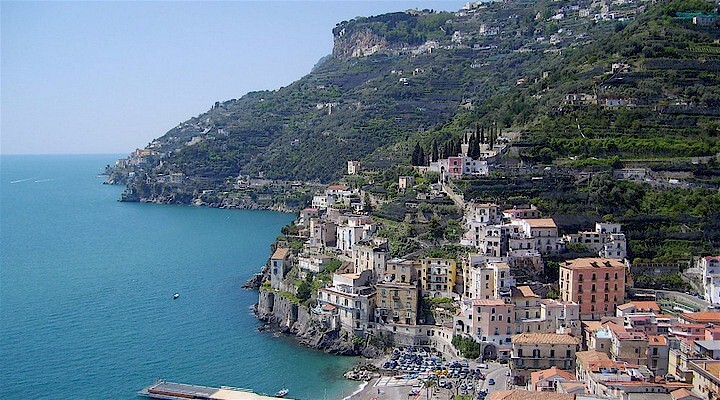 Amalfi Coast
Amalfi Coast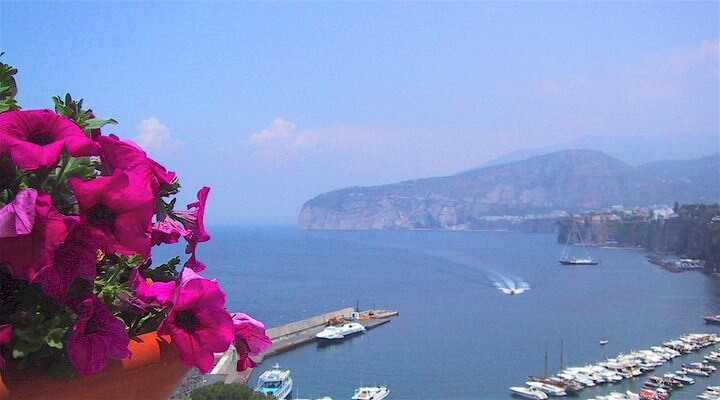 Sorrento Coast
Sorrento Coast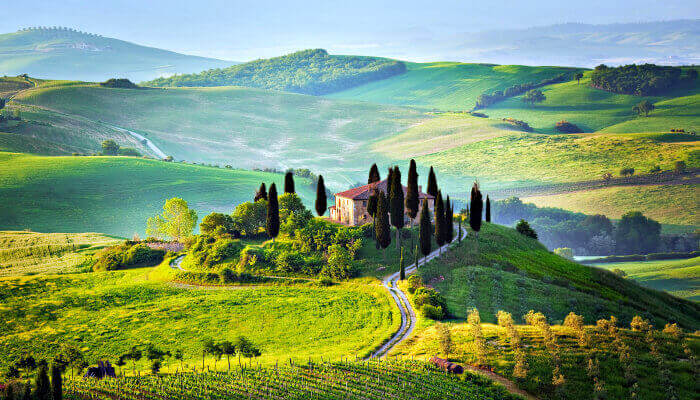 Tuscany
Tuscany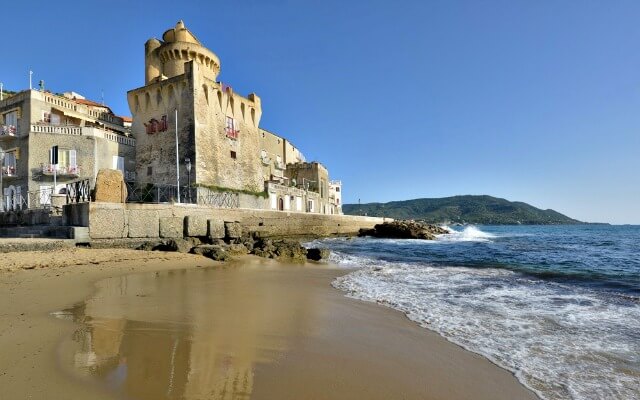 Cilento National Park
Cilento National Park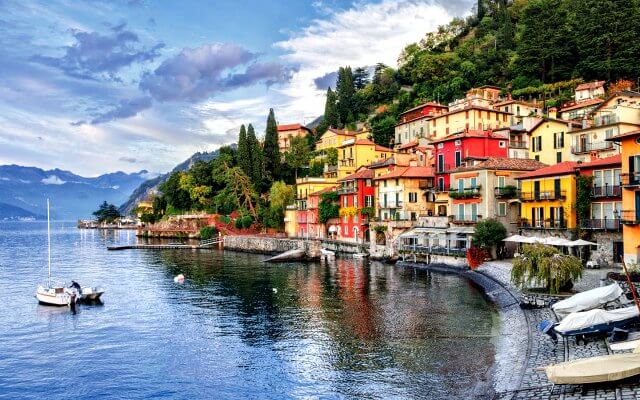 Lake Como
Lake Como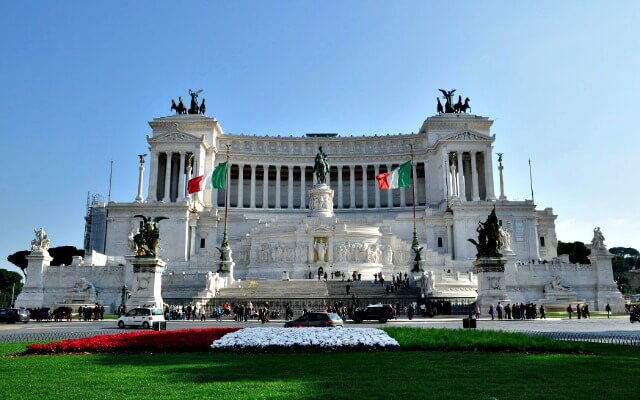 Rome and Latium
Rome and Latium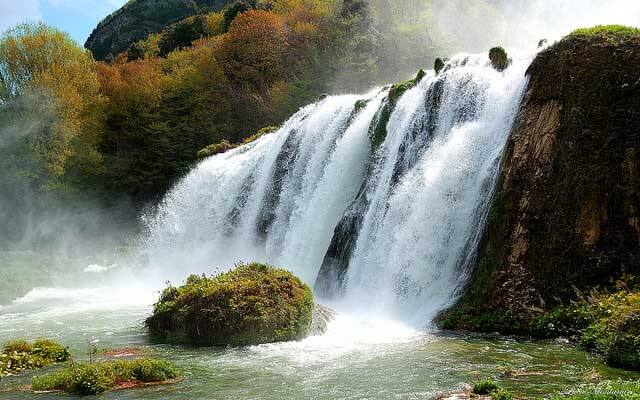 Umbria
Umbria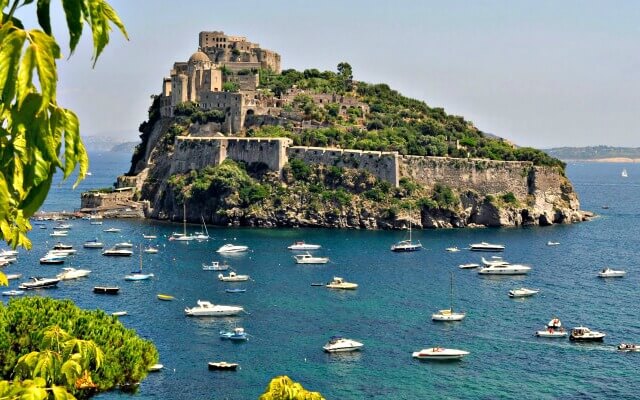 Capri and Ischia
Capri and Ischia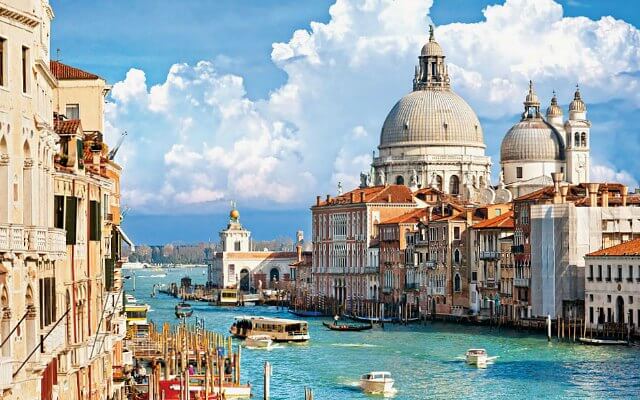 Venice
Venice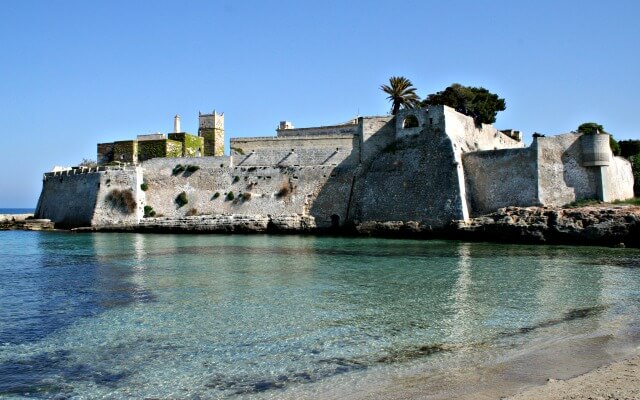 Puglia (Apulia)
Puglia (Apulia)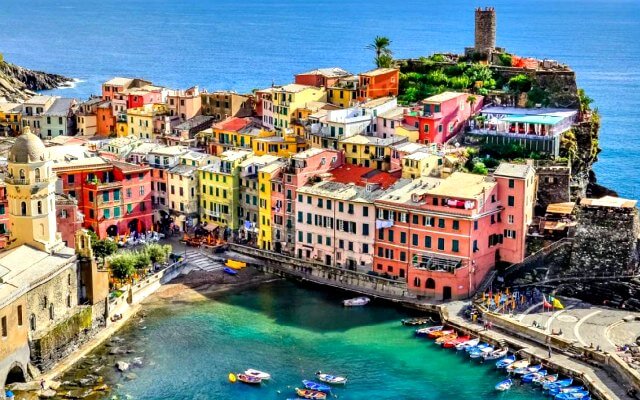 Liguria
Liguria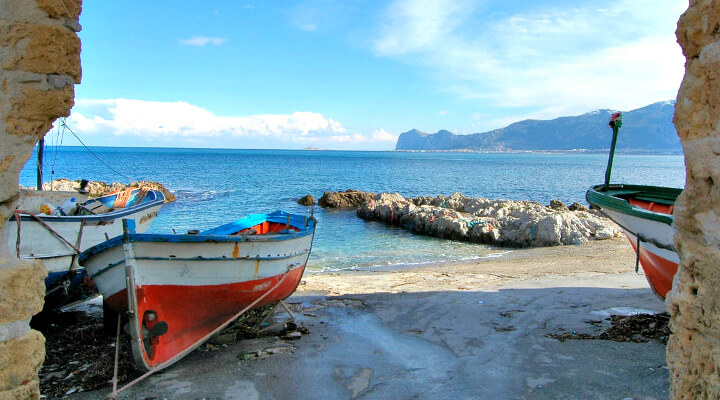 Sicily
Sicily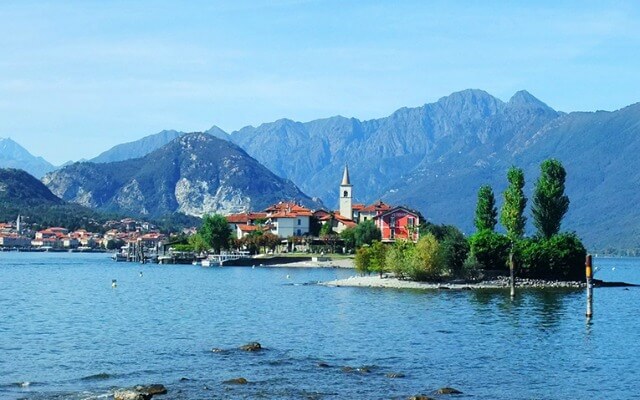 Lake Maggiore
Lake Maggiore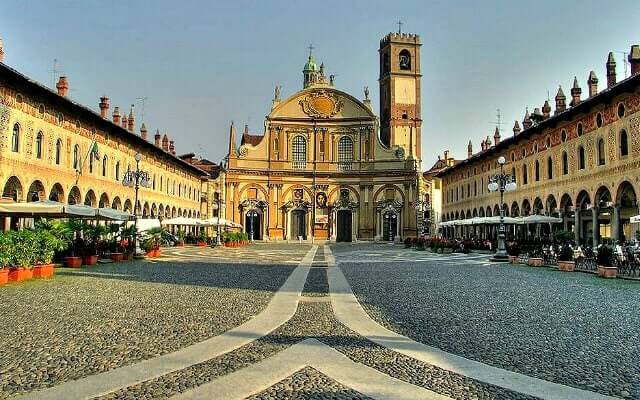 Lombardy
Lombardy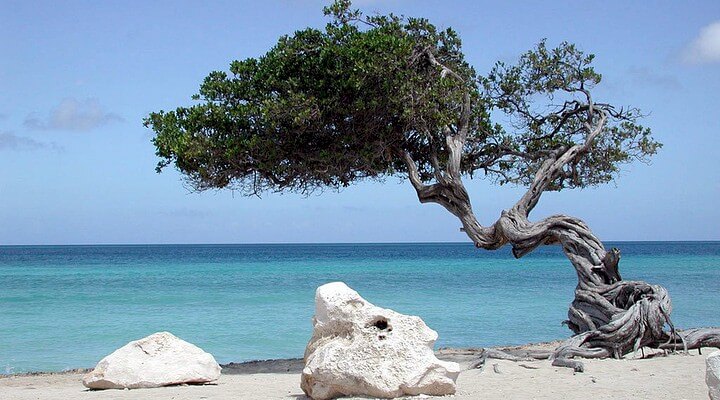 Sardinia
Sardinia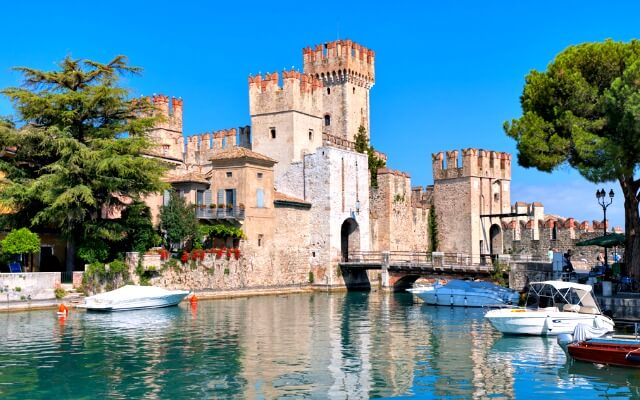 Lake Garda
Lake Garda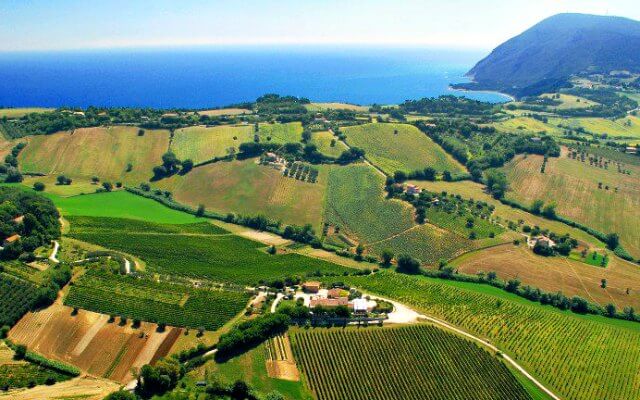 Abruzzo and Marche
Abruzzo and Marche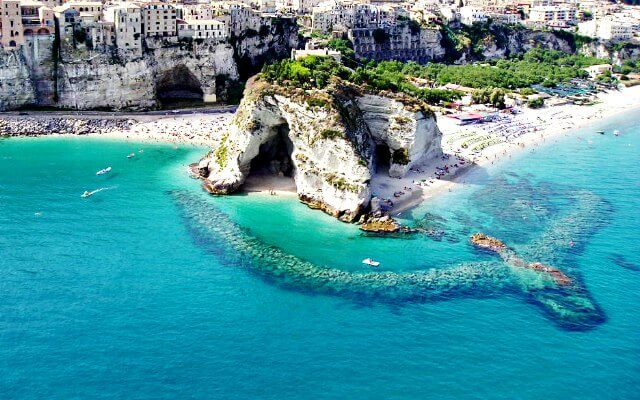 Calabria
Calabria